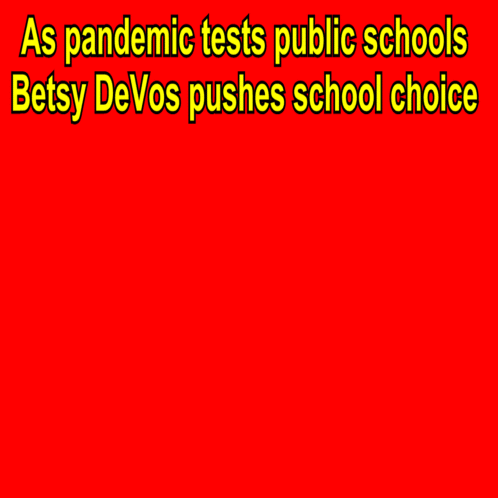CURMUDGUCATION: To Those Of You Worried About The Covid Slide
To Those Of You Worried About The Covid Slide
Dear concerned policy makers, bureaucrats, and edu-wonks:
Ever since NWEA, the testing manufacturer that promised it can read minds by measuring how long it takes students to pick a multiple choice answer, issued their report on the Covid-19 Slide, you have been freaking out a little because they hear you say that distance learning has been disastrous and if we do it again in the fall, we'll produce a generation of students too dumb to come in out of the rain. Everyone from the Wall Street Journal to members of Congress has been experiencing bovine birth events in response to the report. I just want to make two quick points for you.
First, you don't need to freak out over the study. Because it's not so much a "study" as a rough best guess about how students might do on a single not-great standardized test of math and reading. On the other hand, you can freak out a little bit, because while the report is ludicrous, if you actually talk to teachers and students and families, you'll hear that distance disaster school is not great. But you really don't need to base any of your argument on NWEA's totally made up numbers.
Second. Let's pretend that the numbers aren't made up. Let's pretend that it's true that, due to the CONTINUE READING: CURMUDGUCATION: To Those Of You Worried About The Covid Slide
What Rick Hess Got Really Wrong about Teachers and Education
-
Rick Hess recently published a satirical post about education, schools, and
teachers that quickly circulated through policy and media circles. The
piece fe...
53 minutes ago




























